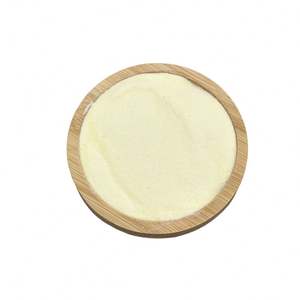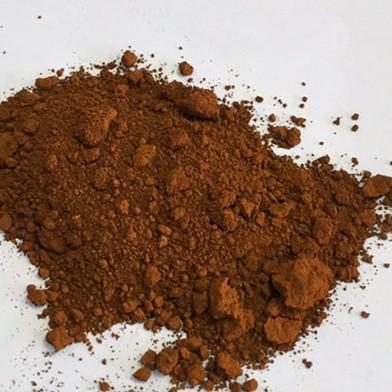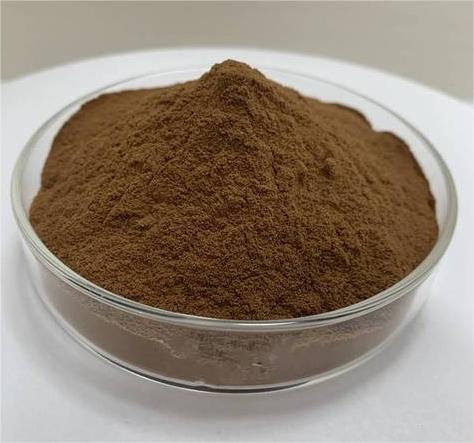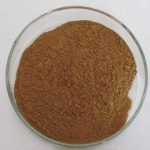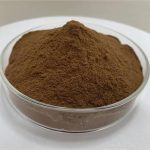Professional and high-quality metal alloys, ceramic products and concrete additives | RBOSCHCO
PRODUCT PARAMETERS
Description
Overview of Cuprous Oxide (Cu2O) Powder
Cuprous Oxide (Cu2O), also known as copper(I) oxide or red copper oxide, is a chemical compound that belongs to the class of oxides. This powder, which appears as a red-brown solid, finds numerous applications across various industries due to its unique physical and chemical properties. Cu2O powder is widely used in catalysis, as a pigment in paints and coatings, and in the manufacture of other copper-based compounds.
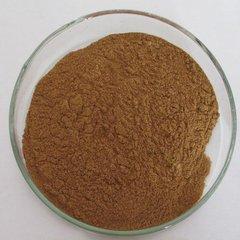
(Cuprous Oxide Cu2O powder CAS 1317-39-1)
Characteristics of Cuprous Oxide (Cu2O) Powder
Red-Brown Color: Cuprous Oxide powder exhibits a unique red-brown color that makes it a preferred pigment in the paints and coverings market.
High Thermal Stability: This compound has excellent thermal stability, allowing it to be made use of in high-temperature applications.
Semiconducting Characteristics: Cuprous Oxide shows semiconducting actions, making it valuable in digital gadgets and solar cells.
Catalytic Activity: Cu2O powder is an effective stimulant in numerous chain reactions consisting of the oxidation of natural compounds.
Easy Synthesis: Cuprous Oxide can be easily synthesized using various methods, such as thermal decomposition of copper salts or reduction of copper(II) oxide.
Parameter table of Cuprous Oxide (Cu2O) Powder
| Copper (I) Oxide Properties | |
| Other Names | cuprous oxide, red copper oxide, dicopper oxide, Cu2O powder |
| CAS No. | 1317-39-1 |
| Compound Formula | Cu2O |
| Molecular Weight | 143.09 |
| Appearance | Brownish-red Powder |
| Melting Point | 1235 °C |
| Boiling Point | 1800 °C |
| Density | 6.0 g/cm3 |
| Solubility in H2O | N/A |
| Exact Mass | 141.854 g/mol |
| Copper (I) Oxide Health & Safety Information | |
| Signal Word | Warning |
| Hazard Statements | H302 + H332-H319-H410 |
| Hazard Codes | Xn, N |
| Risk Codes | 22-50/53 |
| Safety Statements | 22-60-61 |
| Transport Information | UN 3077 9 / PGIII |
Application of Cuprous Oxide (Cu2O) Powder
Solar Cells: Cuprous Oxide’s semiconducting homes make it a potential material for use in solar cells, transforming sunlight right into electricity. Drivers: In the chemical market, Cu2O powder is made use of as a driver to promote certain chain reaction, boosting their performance and selectivity.
Gas Sensing units: The substance’s level of sensitivity to particular gases makes it helpful in the growth of gas sensing units for environmental monitoring and commercial processes.Drivers: In the chemical market, Cu2O powder is made use of as a driver to promote certain chain reaction, boosting their performance and selectivity.
Gas Sensing units: The substance’s level of sensitivity to particular gases makes it helpful in the growth of gas sensing units for environmental monitoring and commercial processes.
Glass Manufacturing: Cuprous Oxide is also used in the glass industry to impart specific colors and optical properties to glass products.
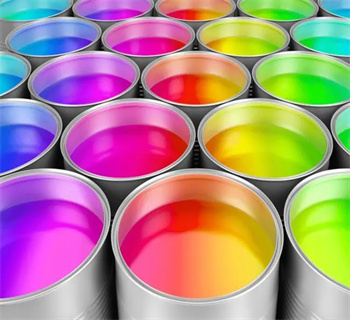
Paints and Coatings
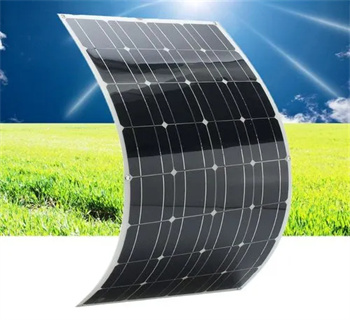
Solar Cells
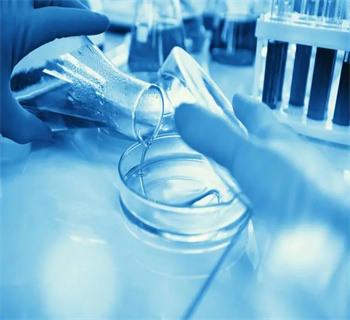
Catalysts
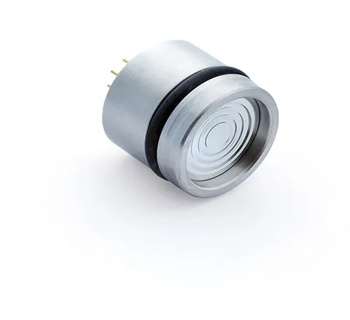
Gas Sensors
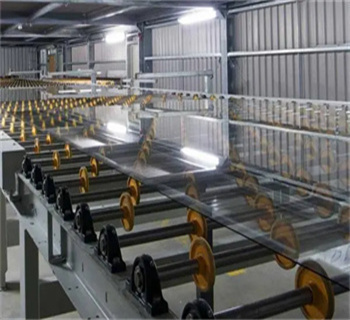
Glass Manufacturing
Production Method of Cuprous Oxide (Cu2O) Powder
1. Reduction of Copper Oxide First, mix copper oxide (CuO) powder with a reducing agent like glucose or sodium sulfite. Add this mixture to a heated solution of sodium hydroxide. The reaction produces Cu₂O as a red precipitate. After that, filter and wash the precipitate to remove impurities. Finally, dry it to get Cu₂O powder.
2. Electrodeposition Start by preparing a copper sulfate solution. Add sulfuric acid to adjust acidity. Use copper electrodes and apply an electric current. Positive copper ions (Cu²⁺) move to the cathode, where they gain electrons and form Cu₂O layers. Scrape off the layers and grind them into powder.
3. Sol-Gel Method Mix copper acetate with solvents like ethanol and water. Add a stabilizer like citric acid to form a clear solution. Heat the solution to evaporate the solvent, creating a gel. Burn off organic parts by heating the gel at 300–500°C. Grind the resulting solid to obtain Cu₂O nanoparticles.
4. Thermal Decomposition Heat copper carbonate (CuCO₃) or copper hydroxide (Cu(OH)₂) in a furnace at 150–300°C. These compounds break down into Cu₂O, water, and carbon dioxide. Crush the cooled product to make powder.
Each method controls particle size and purity for uses in solar cells, catalysts, or antifouling coatings

Company Profile
RBOSCHCO is a trusted global chemical material supplier & manufacturer with over 12-year-experience in providing super high-quality chemicals and nanomaterials, including boride powder, nitride powder, graphite powder, sulfide powder, 3D printing powder, etc.
The company has a professional technical department and Quality Supervision Department, a well-equipped laboratory, and equipped with advanced testing equipment and after-sales customer service center.
If you are looking for high-quality Cuprous Oxide (Cu2O) Powder, please feel free to contact us or click on the needed products to send an inquiry.
Storage Condition of Cuprous Oxide (Cu2O) Powder
Store Cu₂O powder in airtight containers. Use plastic bags or glass jars with tight lids. Please keep it in dry areas with humidity below 40%. Add silica gel packets to absorb moisture. Avoid mixing with acids, bases, or flammable materials. Store away from heat and direct sunlight. Maintain temperatures between 15–25°C. Label containers clearly for easy identification. Please handle with care to prevent spills or contamination.
Payment Term
L/C, T/T, Western Union, Paypal, Credit Card etc.

Shipment Term
By sea, by air, by express, as customers request.
5 FAQs of Cuprous Oxide (Cu2O) Powder
Q1:
Is Cuprous Oxide (Cu2O) powder toxic?
Re: Cuprous Oxide powder is generally considered non-toxic. However, it should be handled with care to avoid inhalation or ingestion, as it may cause irritation to the respiratory system or digestive tract. Additionally, proper safety measures should be taken when working with this material, including wearing protective gear and storing it in a well-ventilated area.
Q2:
How does Cuprous Oxide (Cu2O) powder differ from other copper oxides?
Re: Cuprous Oxide (Cu2O) differs from other copper oxides, such as Cupric Oxide (CuO), in its chemical composition and properties. Cuprous Oxide has a lower oxidation state of copper (Cu+) compared to Cupric Oxide (Cu2+), which affects its physical properties, reactivity, and applications. Additionally, Cuprous Oxide exhibits semiconducting behavior, while Cupric Oxide is an insulator.
Q3:
What are the safety precautions to be taken when handling Cuprous Oxide (Cu2O) powder?
Re: When handling Cuprous Oxide powder, it is important to wear appropriate protective gear, including gloves, goggles, and a dust mask. The powder should be stored in a dry, well-ventilated area, and it’s essential to avoid exposure to dust, which can be inhaled or cause skin irritation. Additionally, Cu2O powder should be kept away from flammable materials and handled with care to prevent any potential fires or explosions.
Q4:
How is Cuprous Oxide (Cu2O) powder produced?
Re: Cuprous Oxide powder can be produced through various methods, including thermal decomposition of copper salts, reduction of copper(II) oxide with reducing agents such as hydrogen or carbon monoxide, or by the oxidation of copper metal in the presence of oxygen. The choice of production method depends on the desired purity, particle size, and cost considerations.
Q5:
What are the potential environmental impacts of Cuprous Oxide (Cu2O) powder?
Re: Cuprous Oxide powder, like any other chemical compound, can have potential environmental impacts if not handled and disposed of properly. During production and use, it may release copper ions into the environment, which can affect aquatic ecosystems and water quality. Therefore, it’s crucial to follow best practices for sustainable production, use, and disposal of Cu2O powder to minimize any negative environmental effects.
REQUEST A QUOTE
RELATED PRODUCTS
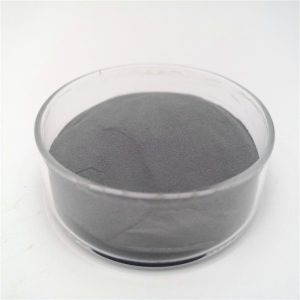
High Purity 99.9% Antimony Doped Tin Oxide/ATO Nano Powder CAS 128221-48-7
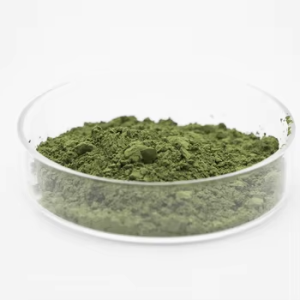
Factory Direct Sale Purity 98% Fine High Quality Synthetic Chrome Oxide Green Chromium Green Powder Cr2O3
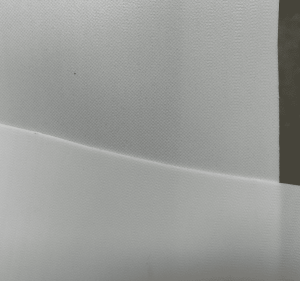
Nano Ultra Thin Aerogel Thermal Insulation Film for Electronic Components
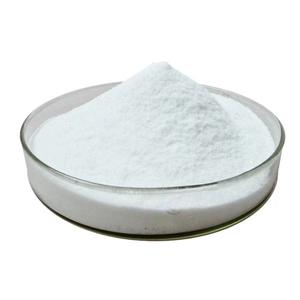
Adjustable Pore Size Activated Aluminum Oxide Super Fine Activated Gamma-Al2O3 for Activated Alumina Ball
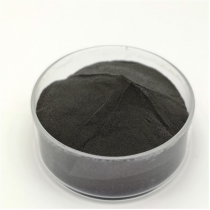
Nano Manganese Oxide Mn2O3 Powder ( Superfine Manganese Oxide Mn2O3 Nanoparticle Powder )
